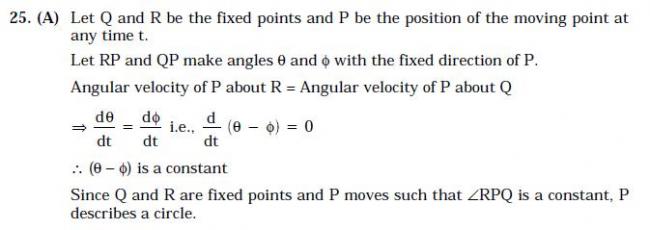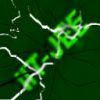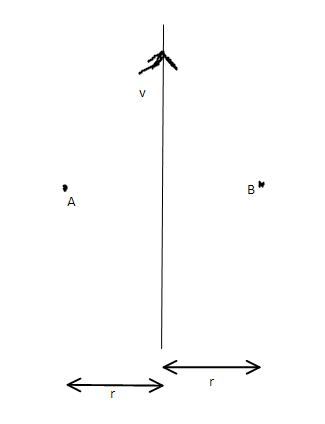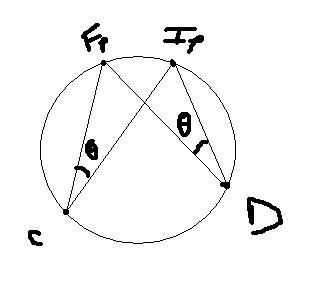 106
106Q3. A body moving along horizontal direction with momentum p, strikes the free end of a spring kept on a smooth horizontal surface. The other end of the spring is fixed to a rigid support. The mean momentum of the body after striking till it produces maximum compression in the spring will be?
Yeh mean momentum kya hai?
 1
1i think both are correct ... just chill ..
 106
106
but i think it will be valid for st. line too
 1
1Why cant it be b. straight line??

The perpendicular distance between the path of point of locus and the two stationary points is equal and a constant
So the angular velocity of the point will remain equal about both the points.
ω= v/r
So Y is that not supposed to be the answer
 1
1ya but how can mean momentum be dimensionless ...
 1
1yaar yeh i kahan se aa gaya ..
 1
1momentum .. initial is p
final is 0 .. then max compression ...
so mean i think is p/2 ...
 1
1
as u could see Ip is initial position of point and Fp is final position of point ... C , D are the two points around which angular velocity is to be fount ...
If it takkes time t to go from Ip to Fp .. let this extend an angle θ at C ... according to property of circle ... at D also θ is subtended .. therefore rhe angular velocity is same about C and D = θ/t ... got it yaar ... [50]
 1
1sorry .. power failure .. i am giving answer for the first ...
 1
1Q.1 answer is (c)ellipse
q.2 asnwer is b i.e both statements are correct but S-II is not correct explanation of statement I
 106
106bas itni se main kuch samajh nahiin sakta
 1
1for the first one it is a cirlcle and the two points are on the circumference of the circle ...
 106
106@ankit... 2. ka tumne pehle d phir c phir d kahaa mujhe toh a lag rahaa hai.
yes Q1. is circle.. but plz explain
 1
1If the law of gravitation becomes inverse cube law .. it will no longer follows keplers 1st and second law ... which is valid only for n<3 ..
here both assertion and reason is false ...
 106
106no amit both answers are wrong :(


